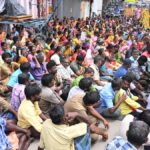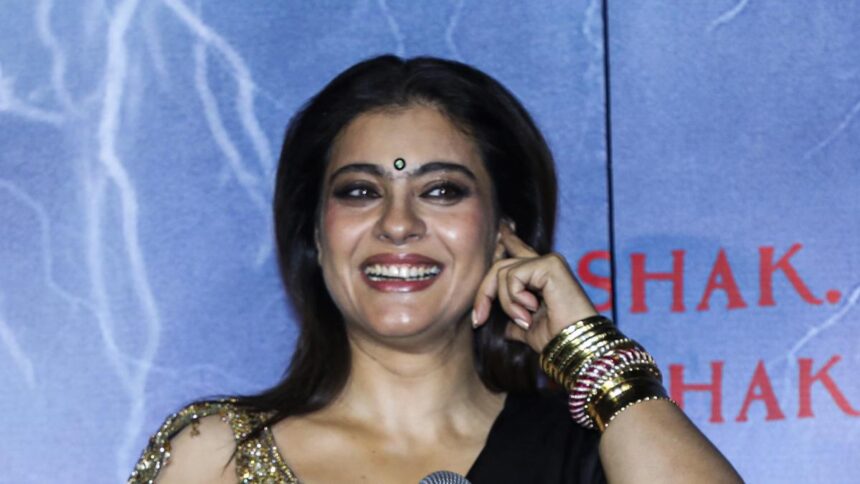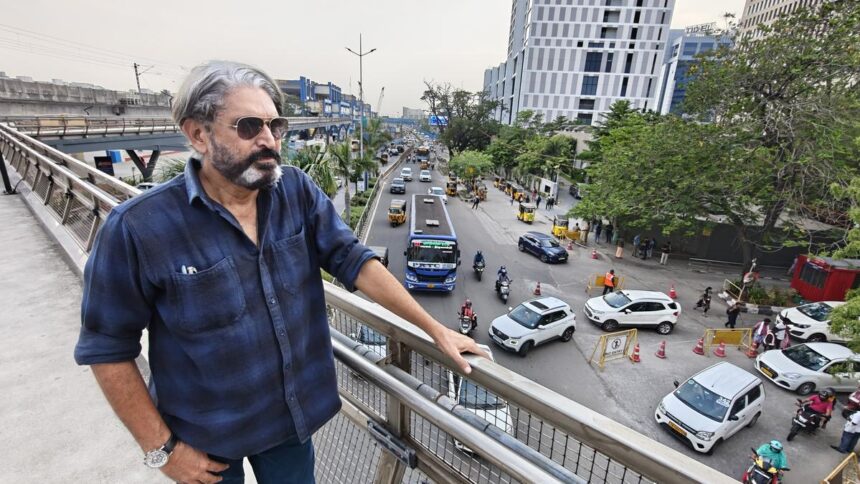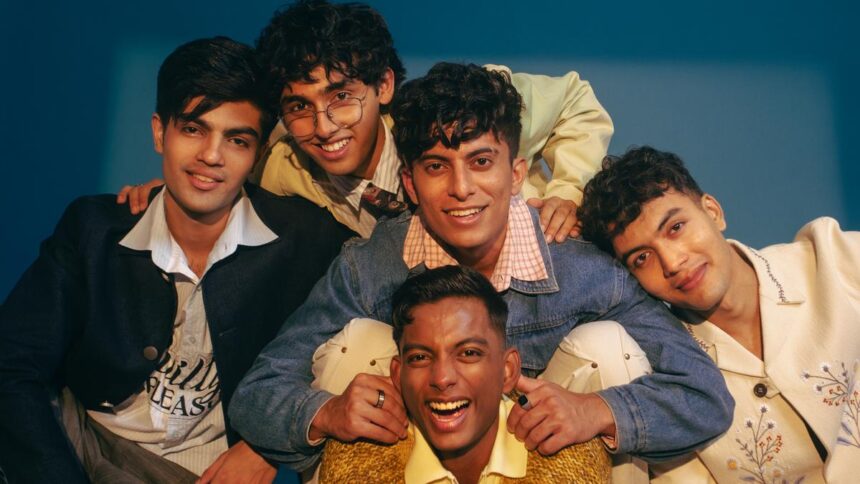Kochi-based VFX designers Lavan and Kushan Prakashan are on cloud nine. They are part of the VFX team of the Telugu mythical, superhero film Hanu-Man, which won the National Award for Best Film in AVGC (Animation, Visual Effects, Gaming and Comic) and best stunt choreography. That is not all, three other films that they have been part of have also won National Awards in different categories — Ullozhuku (Malayalam), Parking (Tamil), and Kathal (Hindi).
For the brothers, who hail from Kodungallur, near Kochi, this is validation for the leap of faith they made 10 years ago when they moved back to Kochi, from Mumbai (where Lavan was working) and Bengaluru (Kushan’s base), to set up Digital Turbo Media better known as DTM.
They have traversed a long way to get here, relocating to work in an industry which, at that time, functioned largely on personal equations and relationships. “I wanted us to do something on our own. Lavan was not too keen, rightly so, because we did not know anybody here. I tried convincing him, but he was just not buying it. However, he called one day and over a five-minute phone call, we decided to take the plunge. His son was watching the animation movie Turbo, so that became part of the name of our company. That is how Digital Turbo Media came to be in 2015,” says Kushan.
One of the scenes from the Hindi film, ‘Jalsa’, before the VFX designing
“I still remember our first office in Panampilly Nagar, a one BHK which doubled as an office and a place to sleep when we had to work overnight. And those days when we did not have too many projects. The Malayalam industry was in its nascence in terms of visual effect.” They visited potential clients with showreels of their work in the other languages which were not of much help landing assignments.
Huge VFX budgets
Today, the scene is very different. The budget set set aside for VFX and art direction runs into a few crore rupees, the sky is the limit. “The scene has changed drastically… money is not an issue when it comes to making a movie top notch!”
While Lavan has a degree in computer application, Kushan came in without any education in the field except a love of cinema. Lavan first went to Mumbai, in 2005-06, learning everything he knows about computer graphics and design on his own or with help from his friends. He then worked with Sahara Movie Studios, Mumbai. “My brother worked very hard to pick up what he knows. Those days there were no YouTube videos to learn stuff from. But once he gained a foothold, I joined him. Everything I know, he taught me. My brother guided me into this career,” says Kushan.
The scene from ‘Jalsa’ afterwards
Kushan remembers being asked why they were relocating to Kochi. “Those were the early days. Industry colleagues could not comprehend our move back home. But, today, in retrospect, they understand. Malayalam is one film industry where the money rotates pretty quickly. Post-production does not take more than 20-25 days. The sheer number of films being made is also huge.”
The first film the brothers did VFX for was Saigal Padugayanu. “One of the things we worked on was the tunnel sequence. When I revisit our work in it, I feel that we could have done so much better than we did. But then it is like that with one’s work, especially the earlier ones.” Puthiya Niyamam followed. These were times when they barely had a handful of films. The turning point was around the corner in the form of Rajeev Ravi’s Kammatti Padam.
“Lavan and Rajeev Ravi had known each other from Mumbai, that connection led to us being part of the film,” Kushan recollects. Kammatti Padam (2016) is located in Kammattipaadam, a locality in Kochi, which no longer exists. The brief was clear, the team had to recreate the area using VFX, among other visual effects they designed for the film. Not only had DTM created the locality but also other elements like building, skyline and the cityscape.
“Though the film made waves, we still did not get too much of work here. We were in two minds about releasing show reels of VFX breakdown when a comment from a friend set the ball rolling. They stared in disbelief when we told them parts of the film were VFX. So we released the showreel.”
That flipped the script. DTM went on to become one of the busiest VFX studios in Kerala. Their portfolio today boasts a long list of films that they have been part of — Trance, Varathan, Ezra, Parava, Ayyappanum Koshiyum, Rorschach, Neymar, Kannur Squad, ARM, Thuramukham, Puzhu, Nna Thaan Case Kodu, Guruvayoor Ambalanadayil, Ullozhuokku…. Some films come as a surprise or rather the presence of VFX in them.
The subtle art of VFX
Kushan laughs, “That is good, isn’t it? It is a win if it goes unnoticed. Also, the lay viewer may not notice it but those from the industry know. VFX and CG often complement art direction.”
Although they had worked in other language films before, as VFX technicians, as DTM one of their first project outside Malayalam was the Tamil film Dikkiloona. Then came the biggies that they were part of, Kannada, Tamil and Telugu films such as Kantara 1, Charlie, Virupaksha, Drishya 2, Vettaiyan, HIT3…which they landed either through their contacts or Malayali technicians working in these industries. They have been part of Hindi films such as Mard Ko Dard Nahi Hota and KILL; they have recently signed on a Dharma Production.
“There was a time when films from Kerala were taken outside the State to get VFX and CG work done. It is a matter of great pride for us that we have been getting some of the biggest Indian movies (as part of the VFX team) like the Kantara movies, Vettaiyan, HIT3 (VFX supervision included) to Kochi, to do the work. We, as in artists in Kerala, are among the best in the business!” He credits the success of DTM to the team, “these are the same people we have known for 20-odd years, the set of people from Mumbai who we hung out with. They are all part of DTM today. Since my brother and I have to travel a lot as part of our work, they are the backbone of our company.” DTM also runs a VFX school, VFX Skool to train budding visual effects designers.
Kushan explains how DTM came to be one of the VFX companies on Hanu-man. “That is how the industry works because if, for instance a single company takes on the entire VFX works of one film then they would not be able to commit to other projects. Often films take time getting made, and economically it does not make sense to be with a solo project. This way, under one VFX supervisor, multiple companies can work on a single film and do other work without feeling ‘stuck’.”

Malayalam projects, he says, wrap up quicker in comparison. “Interestingly, filmmakers outside Kerala wonder about the use of VFX in our films. Which is a compliment to the quality of work of technicians working in Kerala! This year, in 2025, the growth of VFX, if one were to go by the budgets, has been phenomenal. The sky is the limit,” he adds.
Even after 600 films under their belt, Kushan says every film comes with its set of challenges. “But the biggest challenge is delivering on time. We cannot make excuses.”



















